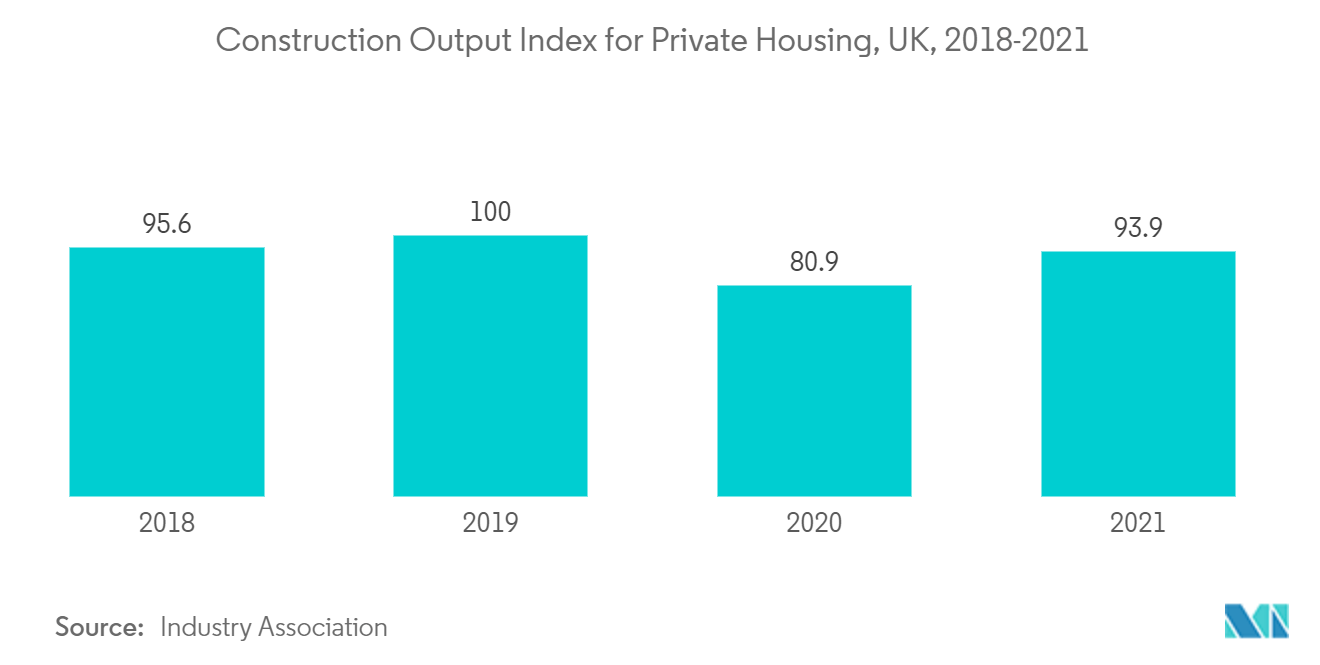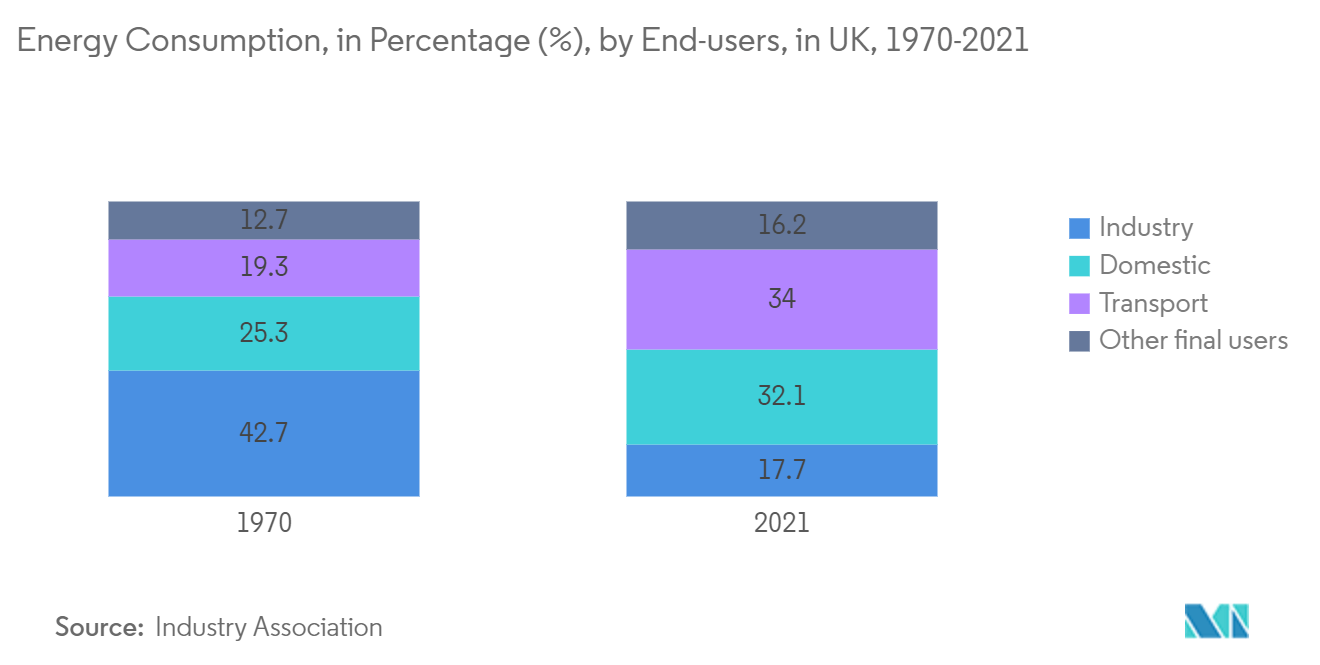Market Trends of UK Facade Industry
This section covers the major market trends shaping the UK Facade Market according to our research experts:
Expected Fall of Construction Output may Hinder Market Growth
Construction output is expected to fall significantly in 2023 amid the looming UK economic recession. Construction output is forecasted to fall by 3.9% in 2023 following a rise of 2.0% in 2022, as activity currently continues at a high level, according to the latest statistics from the Construction Products Association (CPA). The fall for 2023 is a sharp downward revision from -0.4% in the lower scenario of the CPA's Summer Forecasts. This is mainly due to the impact of a wider economic recession, exacerbated by the effect of the 'Mini Budget', and the consequent fallout from recent political uncertainty.
There are still many factors that will adversely affect the construction forecast such as a fall in real wages and potential further rises in interest rates, which will likely lead to further falls in consumer spending decisions. On top of these issues, the wider uncertainty around the UK economy means that demand for private housing new build and private housing repair, maintenance, and improvement (RM&I) is expected to fall. Other key construction sectors, such as commercial and infrastructure, are also expected to be affected by increasing concerns over construction cost inflation, which are likely to hinder project viability. If the construction output in the country falls then the façade market in UK may take a hitleading to a slow growth of the market.

Energy Efficiency Needs will Drive the Market Growth
Buildings currently account for over 40% of the total UK energy consumption and a similar percentage of the UK CO2 emissions. The energy used in buildings is largely required for creating a thermally and visually comfortable environment for building occupants. On a per-household basis, domestic energy consumption increased by 5% in 2021, the biggest relative increase since 2011 when a particularly cold winter drove up demand for heating. In November 2022, Britain announced a new goal to cut consumption by 15% over the next eight years. People in the UK are being offered discounts on their energy bills if they avoid high-power activities during peak times this winter. With such a drive towards energy usage reduction, energy-efficient facades become important.
The heating and air-conditioning load and lighting load can be reduced through many means; notable among them is the proper design and selection of building envelope components. Facades are one of the most important contributors to energy expenses and the vital comfort parameters of any building. In terms of electricity use (kWh per sqm), transparent facades are more efficient, as they allow the use of freely available solar energy instead of artificial light. The soaring need to lower heating and air-conditioning costs and stringent energy-efficiency standards are slated to stir up the demand for facades over the coming years.

